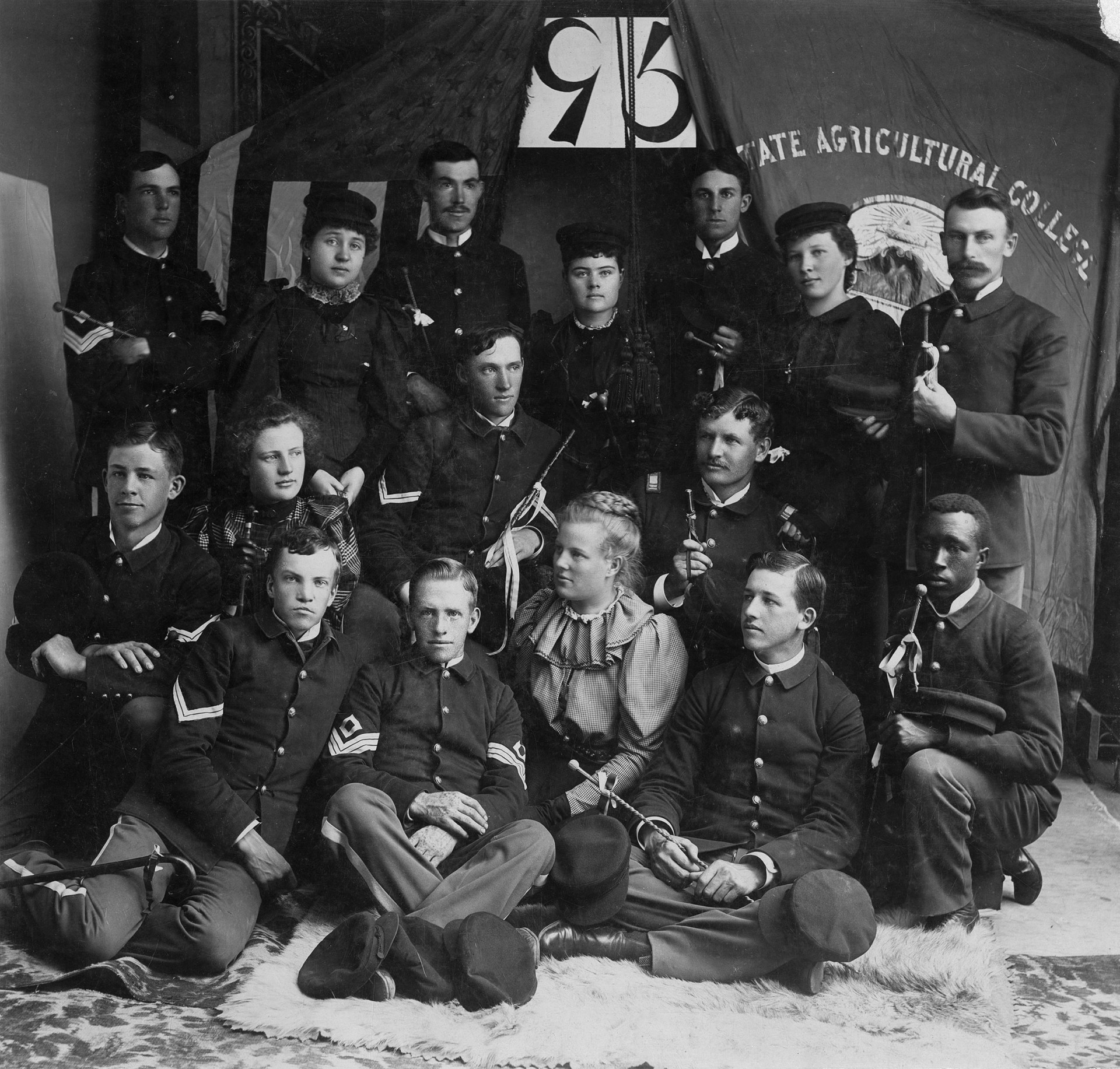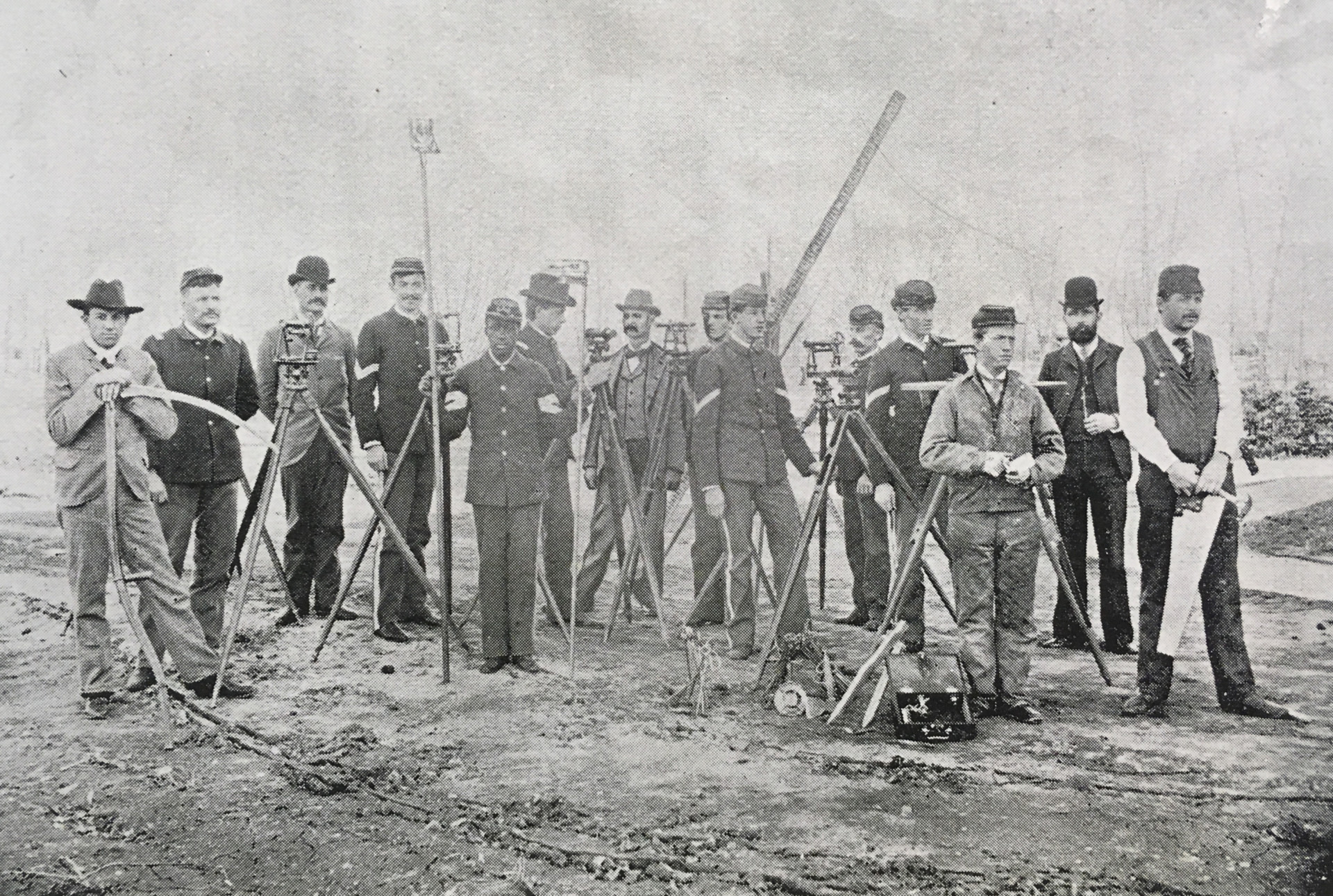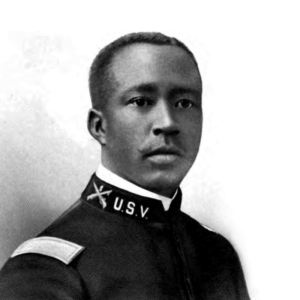Grafton St. Clair Norman
CSU's first African-American student story and research by Mark Luebker published Feb. 24, 2020While most early students who attended Colorado Agricultural College were from the state, others traveled significant distances.
For Grafton St. Clair Norman, his path took him from Hamilton, Ohio, to Fort Collins, Colorado, where he became the first African-American student to attend and graduate from the College with a degree in mechanical engineering.
Norman’s story begins back in Hamilton, where he grew up the son of a successful barber and where the College’s third president, Alston Ellis, was superintendent of public schools.
Ellis was an educator and administrator with vision. In 1891, he desegregated the Hamilton public schools more than half a century before Brown v. Board of Education. While in Hamilton, Ellis became aware of a talented African-American student named Grafton St. Clair Norman. When Ellis was chosen as the third president of the State Agricultural College of Colorado in 1892, he invited Norman — then only 16 years old and in his third year of high school — to enroll here.
While no record exists regarding why a 16-year-old high school student in Hamilton might choose to travel more than 1,200 miles to attend a land-grant college, particularly when Ohio’s land-grant, the Agricultural and Mechanical College, was only about 100 miles to the northeast. However, one might consider that a horrific lynching of a black murder suspect occurred just three months earlier in Oxford, Ohio — home of two other colleges, some 15 miles from Hamilton — which had been covered in gruesome detail by local papers.
Whatever his reason, Norman chose Colorado. Ellis’s wife, Katherine Anne, returned to Hamilton and escorted Norman cross-country to the Agricultural College in Fort Collins, where she and President Ellis served as his sponsors.
Life at Colorado Agricultural College

Grafton St. Clair Norman (bottom right) poses with his classmates for the Class of 1896 photo.
Norman, who enrolled in the middle of the spring term in 1892, missed part of the 1895 spring term with an illness, but still graduated with his class in 1896. He stayed on for an additional year at the college, doing “special work” in the short-lived Commercial Department, including as an “assistant teacher.” That could make him the institution’s first instructor of color. He also served as business manager for the Rocky Mountain Collegian.
As an undergraduate, he was active in student organizations and was mentioned often in the Silver Spruce yearbook. He participated in Y.M.C.A.; the Columbian Literary Society (vice president in 1896); the Glee Club and College Choir (he sang bass); the Science Club; and the college battalion, as a quartermaster sergeant.
An avid participant in the College Oratorical Association, Norman was awarded a gold medal for representing the junior class in the College oratorical contest, and was unanimously elected by the student body to be College orator for the celebration of George Washington’s birthday in 1896.

Norman (center, holding a survey prism pole) in a photo titled “Senior Class with Instruments.”
His speaking skills did not go unnoticed by his professors. In 1896, Professor of English Grace Espy Patton was campaigning to be Colorado’s superintendent of public instruction. She asked Norman to speak on her behalf for at least one major campaign event that was covered in papers statewide. Norman delivered an address advocating for Patton, presidential candidate William Jennings Bryan, and gubernatorial candidate Alva Adams.
He described Patton as a “woman of intelligence and integrity,” detailing her credentials as a professor of English and sociology, an expert on “the common school system,” and an experienced administrator who had served four years as deputy secretary of the State Board of Agriculture, which administered the College.
Life after college

After leaving Fort Collins, Norman enlisted in the Army as a private during the Spanish-American War. He quickly earned a commission as a second lieutenant, thanks to the military science training he received at the College. When the war ended, he returned to Hamilton, married, and briefly worked for the local civil engineering corps.
In 1900, he began a teaching career that took him to Kentucky as an instructor in mathematics and natural sciences at Blue Grass Normal and Industrial School, then to the A. and M. College at Normal, Ala., as an instructor and commandant in military sciences. Eventually, he entered the insurance industry and — with a detour to France, where he served during World War I — rose through the ranks to become State Inspector of the Union Central Relief Association in Birmingham, Alabama.
His accomplishments were the subject of many newspaper articles and his biography was included in the 1917 book The History of the American Negro and His Institutions.
In 1945, Grafton St. Clair Norman stepped off a street car on his way home from church and was struck and killed by a passing car. He was buried at Shadowlawn Memorial Park in Birmingham.